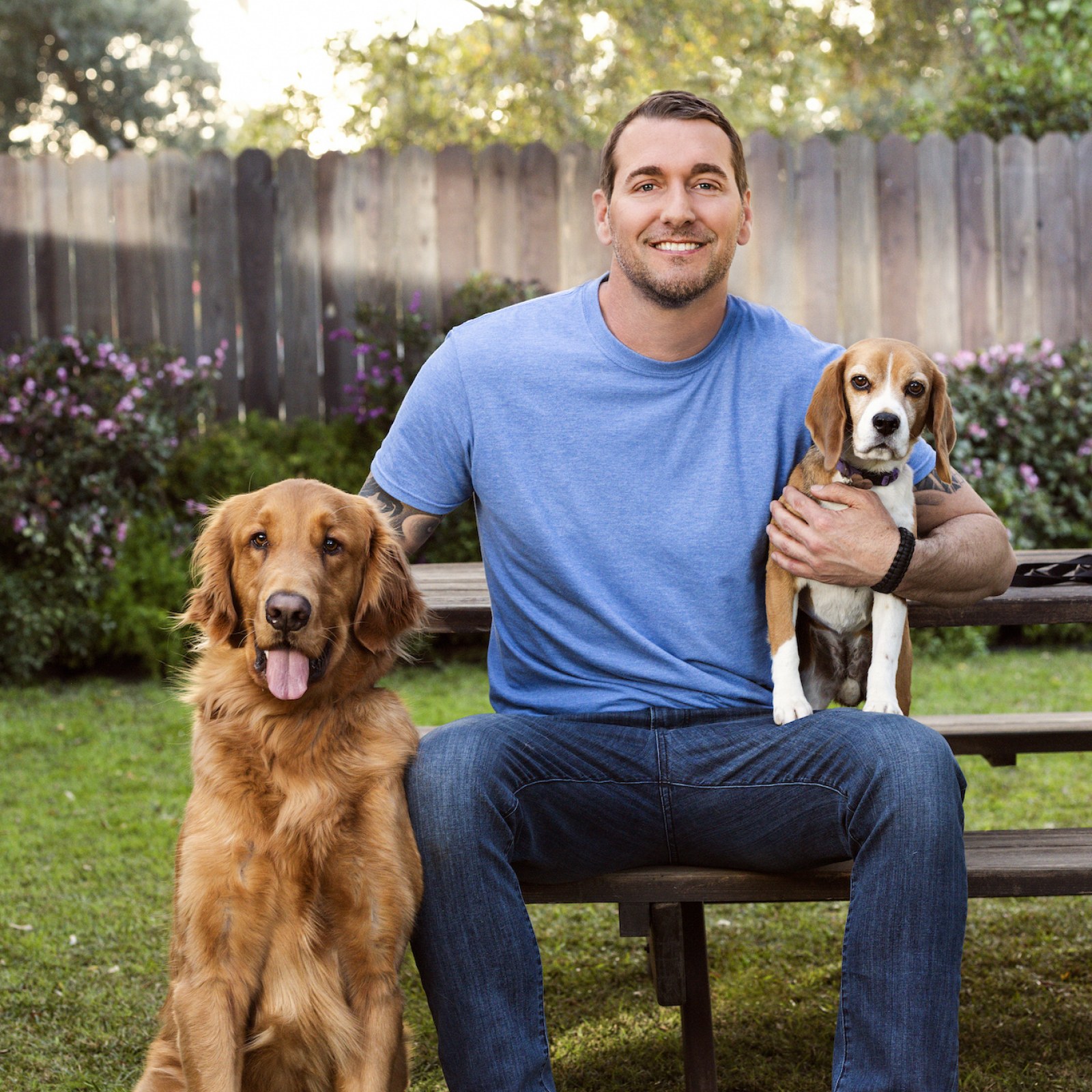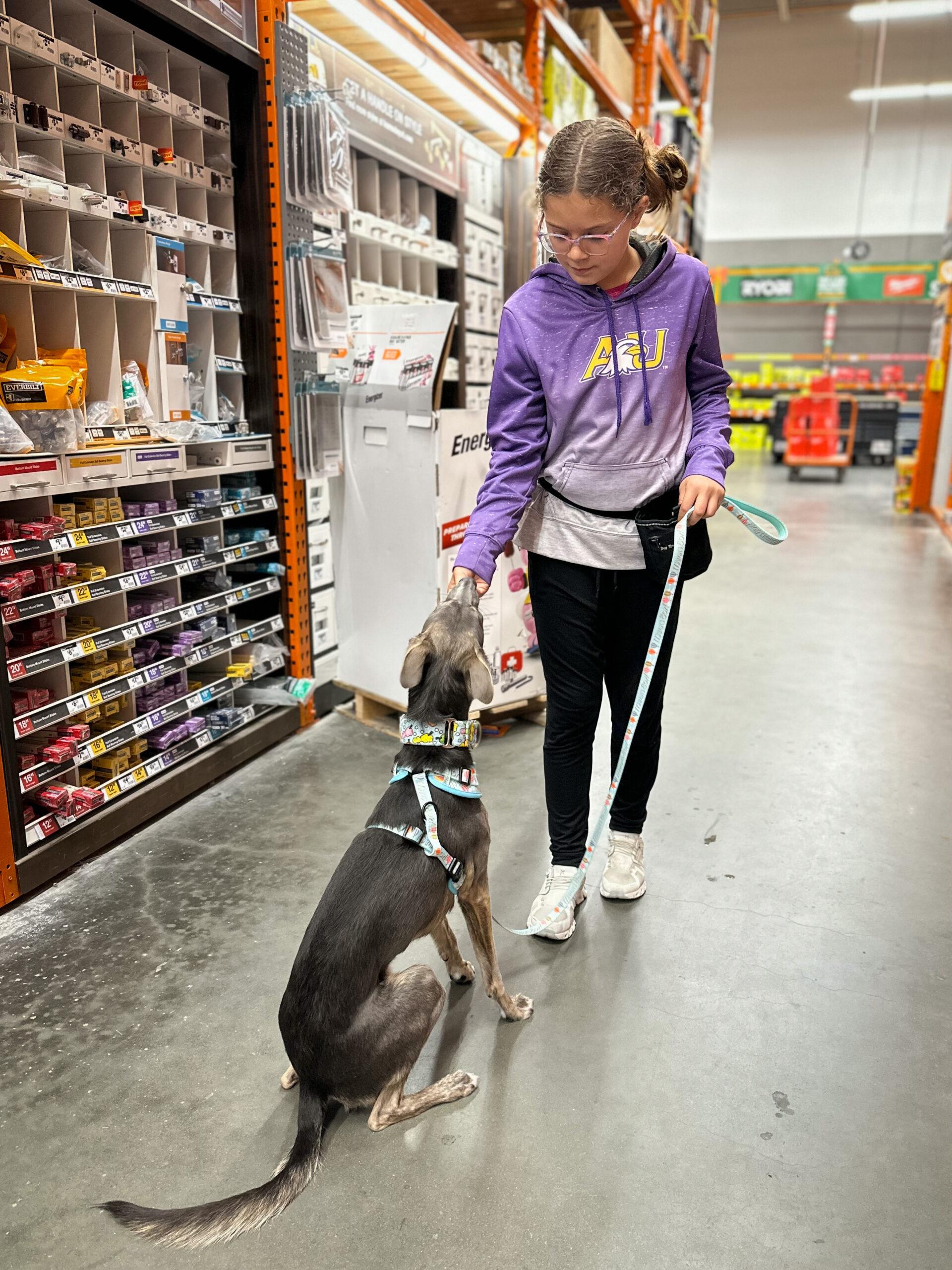Necessary Tips for Effective Dog Training: An Overview for Family Pet Owners
Efficient pet training is a diverse procedure that calls for a calculated strategy tailored to both the pet's character and the owner's purposes. Comprehending how to browse these barriers can substantially improve the training experience, ultimately changing the relationship in between proprietor and pet.
Comprehending Dog Behavior
Recognizing canine habits is vital for effective training and cultivating a harmonious relationship between canines and their owners. dog training. Canines communicate largely via body language, vocalizations, and activities, making it vital for owners to translate these signals precisely.

Socialization plays a significant function in pet behavior; exposure to numerous atmospheres, people, and other animals can dramatically affect a dog's temperament. Variables such as type attributes and private character must lead training methods, as some breeds may have particular behavioral attributes that necessitate tailored strategies. By recognizing these components, owners can produce a helpful atmosphere that encourages favorable behavior, bring about effective training results and a much deeper bond with their pets.
Developing Regular Commands
Effective interaction with your pet starts with establishing constant commands. This foundational component of training is important for fostering understanding in between you and your pet. Uniformity in the commands you utilize makes sure that your dog can dependably link certain words or phrases with the preferred behaviors.
When choosing commands, pick clear, distinct words that are easy to say and differentiate from one another. Stay clear of utilizing similar-sounding commands that may perplex your pet dog. Utilizing "sit" and "remain" is suitable, but "sit" and "struck" might lead to misconceptions.
Furthermore, maintain the same tone and volume for each command. Pet dogs are sensitive to singing cues, so varying your tone can produce complication.
It is equally crucial to make sure that all household members are on the very same page regarding the commands made use of. A united front in command usage will protect against blended signals and strengthen the understanding process.
Positive Reinforcement Techniques
The power of positive reinforcement in pet dog training depends on its ability to encourage desired behaviors via benefits and appreciation. This strategy is based in the principle that actions adhered to by favorable results are most likely to be duplicated. By incorporating favorable support right into your training program, you can efficiently form your pet's actions in a constructive way.
To carry out favorable reinforcement, it's vital to recognize what encourages your pet dog, whether it be deals with, playthings, or verbal appreciation. When your dog executes a preferred activity, such as remaining on command, right away award them with a treat or affection. This association in between the command and the positive outcome strengthens their understanding.
It's essential to timing the incentives appropriately; supplying the reinforcement within seconds of the preferred habits assists your pet make the link (dog training). Furthermore, uniformity is essential-- guarantee that all relative utilize the very same commands and reward systems to avoid confusion

Progressively, you can minimize the frequency of deals with as your canine finds out the behavior, transitioning to praise or recurring rewards. This method not just cultivates a click here for more solid bond between you and your dog yet additionally advertises a favorable knowing environment, making educating a satisfying experience for both.
Socialization and Communication
Continually subjecting your canine to a selection of atmospheres, people, and various other animals is critical for their social advancement. Socialization needs to start early, preferably during the important home window of 3 to 14 weeks, when pups are most responsive to new experiences. Older canines can also benefit from ongoing socializing initiatives.
Present your canine to various settings, such as parks, pet-friendly stores, and metropolitan locations. This direct exposure assists them adapt to various stimulations, reducing anxiousness and concern feedbacks. Urge favorable communications with various other pets and people, making sure that these experiences are safe and regulated to foster confidence.
Use organized playdates with well-mannered pets, as this can boost your dog's social skills and teach them suitable habits. Obedience courses and training sessions likewise offer outstanding possibilities for socialization, enabling your pet dog to connect with others in a supervised setting.
Monitor your pet's body language throughout communications, as this will certainly aid you evaluate their comfort level. Progressively boost exposure to even more difficult scenarios while ensuring that each experience is positive. A well-socialized pet is most likely to show balanced actions, making them a joy to have in any type of setting.
Attending To Common Training Obstacles
Every pet dog owner will experience training challenges eventually, despite their dog's age or socializing level. Determining common concerns such as stubbornness, interruptions, and fearfulness can assist in establishing reliable techniques for improvement.

Slowly introduce distractions as the pet dog ends up being more skillful in commands. Short, constant training sessions are additionally effective in preserving attention.
Terror can impede a dog's understanding procedure. Gradual desensitization to the resource of worry, paired with positive reinforcement, can assist minimize anxiety. Persistence is vital; never ever compel a pet right into a scenario that causes distress, as this may exacerbate the issue.
Eventually, understanding and dealing with these usual obstacles with a structured method will foster a more productive training experience, reinforcing the bond in between canine and proprietor while promoting reliable learning.
Verdict
In summary, effective canine training depends on a thorough understanding of canine behavior, the establishment of constant commands, and the application of positive support strategies. Socialization plays an important duty in developing well-adjusted animals, while resolving common training difficulties calls for patience and versatility. By carrying out these essential methods, animal owners can foster i was reading this a solid bond with their pets and advertise desirable habits, ultimately causing a harmonious relationship in between people and their canine companions.
Comprehending dog behavior is important for efficient training and cultivating a harmonious relationship in between canines and their owners.Socializing plays a considerable duty in pet actions; direct exposure to various settings, people, and various other i loved this animals can considerably impact a dog's temperament.The power of positive support in pet dog training exists in its ability to encourage desired behaviors via rewards and appreciation. By including favorable reinforcement right into your training regimen, you can properly form your pet dog's actions in a useful manner.
In summary, successful dog training relies on a thorough understanding of canine habits, the facility of constant commands, and the application of positive support strategies.